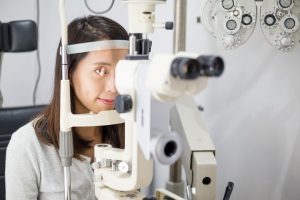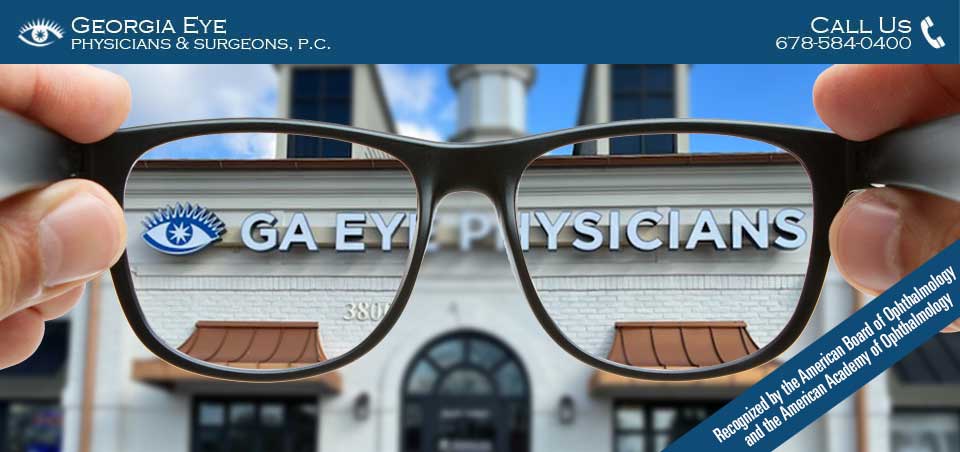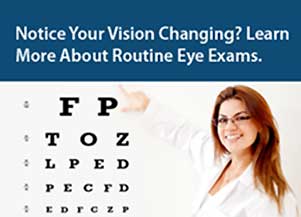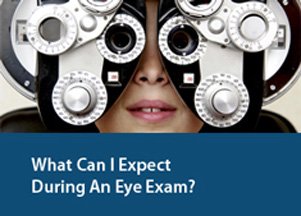How Often Do I Need a Comprehensive Medical Eye Exam?

- Children should generally have their first eye exam at six months of age, but infants who are at high risk, such as those with the potential for retinopathy of prematurity and those with a family history of retinoblastoma, childhood cataracts, childhood glaucoma, or metabolic and genetic disease, should have a comprehensive examination by an ophthalmologist as soon as possible.
- After their initial examination, children should have further comprehensive exams at age three and again at the start of school, and they should be given routine eye exams to assess for eye problems at all subsequent health supervision visits. Past history will determine what conditions need to be specifically watched, and abnormalities should be reported to an ophthalmologist.
- School-age children should continue to be evaluated regularly, approximately every one to two years during primary health care visits, in schools, or at public screenings. Note that visual problems in children can be a cause for underperformance or behavioral problems in school and that the specific letters, numbers, or symbols that are used on an eye chart can significantly affect the visual acuity score obtained.
- Adults with NO signs or risk factors for eye disease should receive a baseline comprehensive eye evaluation at age forty, and then undergo an examination by an ophthalmologist every two to four years thereafter. Adults who DO have certain risk factors, like diabetes and high blood pressure, or who have previously undergone eye surgery, may need to undergo exams more frequently so that any changes in vision can be closely monitored.
- Individuals without risk factors should be examined by an ophthalmologist every one to three years from the ages of 55 to 64, and every one to two years at age 65 and older, as the incidence of unrecognized ocular diseases increases with age.
- Individuals with various risk factors, or who are being treated for a serious ocular disease like cataracts, glaucoma, or diabetic retinopathy, should be examined by an ophthalmologist at least once each year, and possibly more frequently depending on the risks involved, response to treatment, and potential for the disease to progress.
The eyes are highly sensitive organs, and are frequently the first place that certain medical symptoms manifest, so eye doctors can also identify certain serious diseases, like multiple sclerosis or shingles, in the earliest stages. Whether you are in need of a full comprehensive medical eye exam or just need a routine eye check to update your glasses or contact lens prescription, our team can help. Please feel free to contact Georgia Eye Physicians and Surgeons today to make an appointment, and be sure to follow us on Facebook, Twitter, and Google+ for more tips for healthy eyes.












